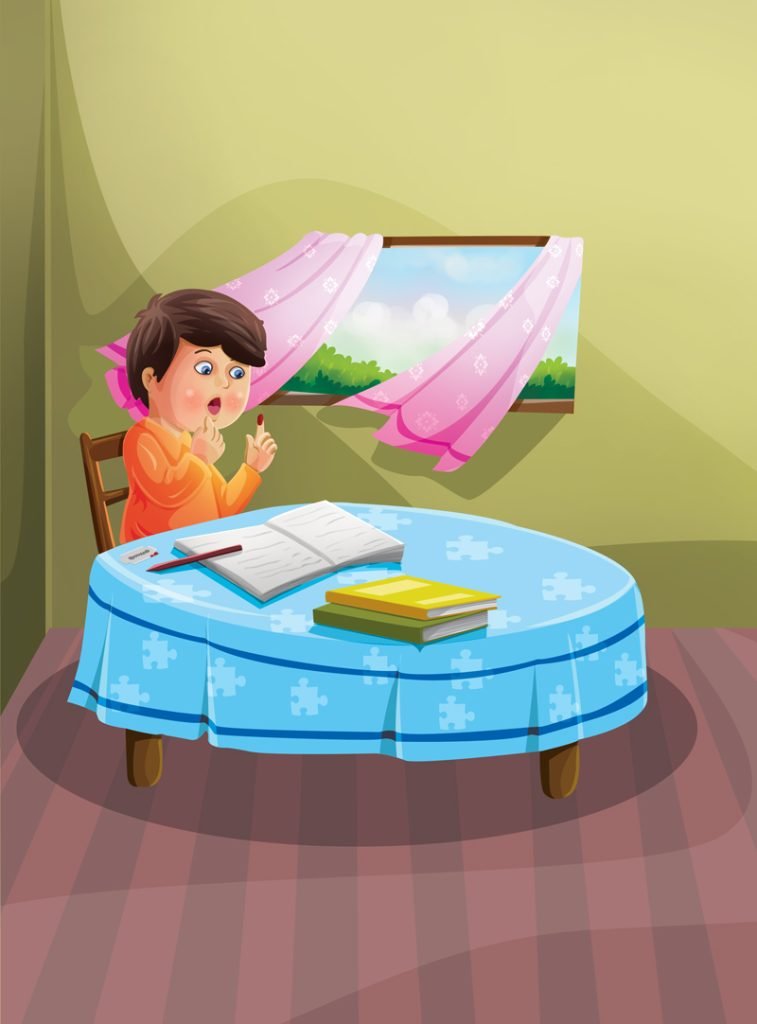The human blood is made up of two components: one being the plasma and other being the different types of cells, which have various functions. The red blood cells from the major part of the blood primarily give the red colour to the blood. The red blood corpuscles have a pigment called haemoglobin that is made up of protein and iron. It is this haemoglobin that combines with oxygen that enters the lung and transports it to all body tissues. The carbon-dioxide also attaches with this red pigment and is thrown out of the body by the lungs.
Red blood cells have a lifespan of 4 months and the process of the replication of the cells is continued by the bone marrow, which is the main production centre of RBCs. The substances in the plasma contain carbohydrates, proteins, fibrinogen and blood clotting factors which further helps heal injuries and fight against diseases.


